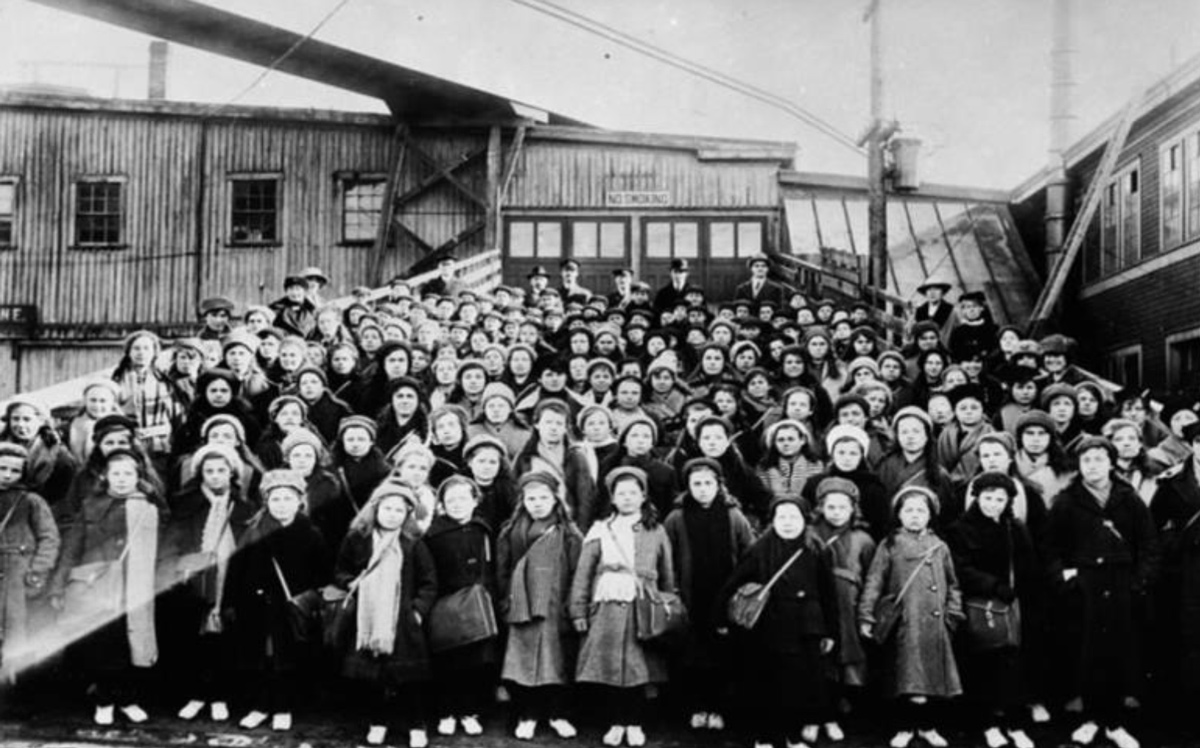Barnardo’s Homes took in nearly 60,000 children during his lifetime, many of whom were sent to Canada, known as the British Home Children, to provide labour. According to Bantham, children were never refused from these homes. “I know of no other such homes in the wide world from whose door no single destitute child has ever been refused admittance for nearly sixty years,” she said.
Bantham also highlighted the importance of religion in these homes and saw the children they took in as carrying out the will of God. “It was my greatest pleasure to be able to testify that it was the dream and prayer and longing, as well as the firm conviction of Dr. Barnardo that these homes should become schools of the prophets and that from them should go out hundreds of boys and girls to live for God and do work for Him,” she said. She also emphasized the success of this program, saying “God has been wonderfully good to Canada in regard to the children sent out here from the Barnardo Homes; only one and a half percent of them do not do well, and that is plainly not the fault always of the children, but of the Canadian citizens who have sheltered them.”
The Barnardo Homes were not without controversy, however. During his lifetime, Dr. Barnardo went to court 88 times for charges related to his practices. He was often accused of kidnapping children from their parents, a charge to which he admitted, referring to the practice as ‘philanthropic abduction.’ He was also accused of using falsified photos in adverts for fundraising, staging images to show the children in an over-dramatized state of neglect before they were rescued. This legacy carried on far beyond his death, as in 2000 the Barnardo charity was accused of digitally altering images of children in their advertising campaigns. It was also alleged that children were abused in his homes and that he used fundraising money to enrich himself.
Despite Bantham’s insistence that most of the children who came to Canada fared well, many of them have since come forward to claim that they suffered abuse and were misled only to be used as cheap labour. 30,000 children were sent from Barnardo’s to Canada, most of whom, according to CBC, were treated more as workers than as family members. Many of them were whipped and beaten, and some of the girls were sexually abused. 75 of these children were found in two unmarked graves in Etobicoke’s Park Lawn Cemetery. In 2017, a monument was put up in the cemetery honouring the British Home Children. It is estimated that around 4 million Canadians are their descendants.
According to Bantham, however, more than 80% of the children who came from the Bernardo homes went on to own their own farm. She emphasized the contributions that many of these children ended up making to Canada, highlighting those who became ministers, clergymen, and lay workers. “I cannot tell you how joyful I am that I can go into the homes in this country and find boys and girls not only in wonderful positions, mentally, physically and materially, but leaving a mark and a spiritual stamp on your vast country,” Bantham said.
Bantham’s account provides a unique insight into the legacy of the Barnardo Homes and the British Home Children, an aspect of history that few Canadians are aware of but has had a major impact on its society. While we are still searching for the most ideal practices to care for neglected children, Bantham’s speech provides a chance to look at history and create more compassionate and effective frameworks going forward.

